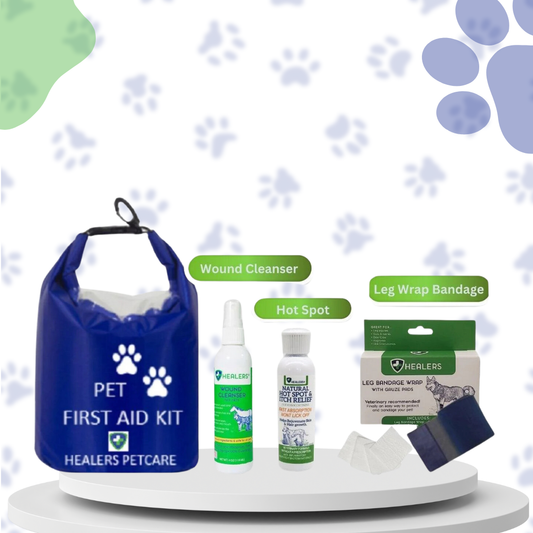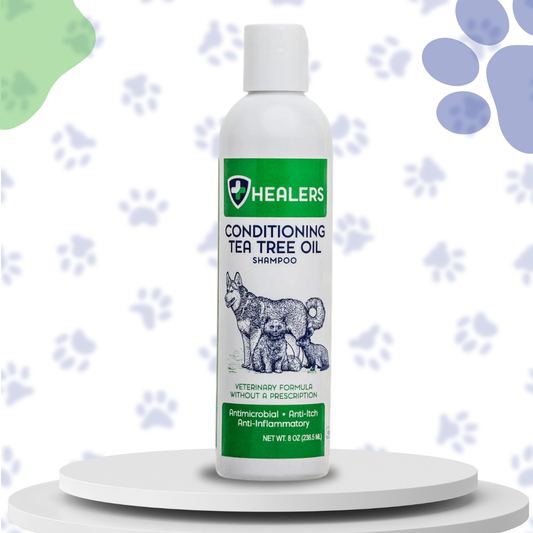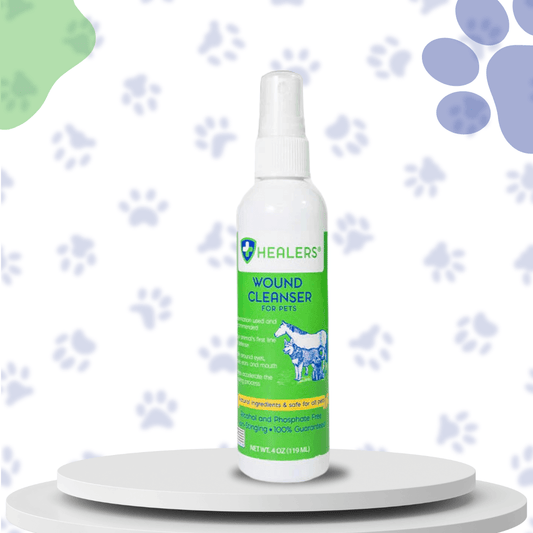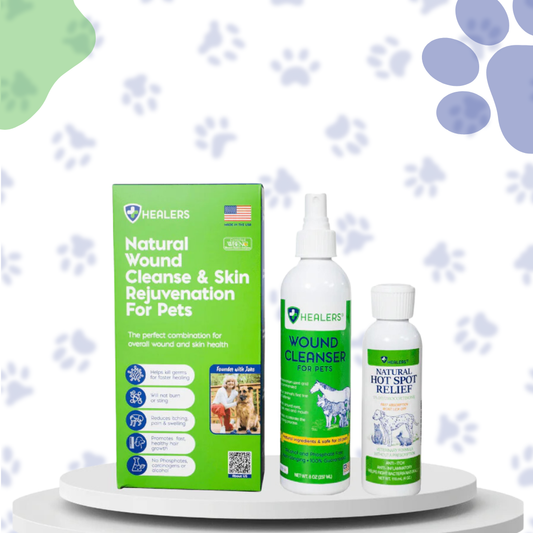Ensure Your Dog Gets Enough Exercise (Even When the Weather Won’t Cooperate)
Five Benefits of Walking Your Dog
1.The dogs become less destructive
Taking your dogs for a walk will ultimately reduce their destructive behaviors in the house. A tired, happy, and healthy dog – is a good dog.
2. Walks are good obedience practice for dogs
A stroll provides an excellent opportunity to practice basic obedience and broaden knowledge. It can reduce anxiety of new situations by introducing new stimulations that are soon learned to be acceptable by your pet.
3. It boosts the dog’s health
Taking your dog for a walk will help maintain a healthy weight and improve the dog’s health. It also gives you and idea of a change in health that you may not notice at home. Is your pet limping, intolerant or tired after walking a normal distance, is your pet hearing and seeing normally?
4. The process is great for bonding
Walking your dog fosters a link between you and your pet. There is nothing like spending time with your buddy!
5. Walks improve the pet owner’s health
Taking your dog for a walk will also improve your overall health and help keep you in shape. It also affects your mental state by relaxing you, which brings its own health benefits.
Dogs need exercise, no matter their age or breed, but how strenuous or long their workouts need to be does depend on breed and/or age. Older pups and lower-energy breeds typically have lower pent-up energy levels and thus enjoy shorter bouts of exercise, but younger dogs and high-energy breeds will sometimes need to run or walk around for multiple hours a day.
The truth is that all dogs thrive on routines. They do best when they know when they will get fed, when you will leave and return for work, when they can plan on having regular exercise, and approximately when they will go to bed, among other details. Routines help your pup know what to expect and means he or she will be more likely to learn and maintain good manners. Keeping his or her needs in mind throughout the day also ensures you know exactly how much exercise will keep him or her happy or healthy.
The not-enough-exercise problem
Making sure your dog is getting enough exercise is often less of a problem in the summer when the weather is warmer and it is lighter out later in the day. It can definitely be difficult to make the time in the colder, darker winter months, when it is dark before you leave work and the cold makes you want to curl up on the couch under a warm blanket. The problem is that your dog still needs the same amount of exercise no matter how uncomfortable the weather might be, and not keeping up with his or her workouts can be bad news on the health front.
Dogs that do not get enough exercise might:
- Gain weight, as the food they consume is not burned off as efficiently.
- Become more lethargic as their bodies adjust to being less active and more sedentary. This also means they tire quicker and might begin to pant earlier in their walks, which are clear signs of needing to build their endurance back up.
- Show changes in digestion. Walks and running around boost metabolism and help keep your pup’s digestive system working smoothly. Shorter-to-no exercise can cause constipation.
- Have difficulty sleeping through the night, as their energy levels are not depleted and their stomachs might be uncomfortable from the digestive changes.
- Display overall restlessness and an inability to calm down.
- Lick or chew their legs and paws.
- Shred or gnaw on household goods like pillows or furniture to expend their energy.
- Bark or whine more often, particularly when energy builds up to a breaking point.
- Act out, like forgetting basic manners. Dogs with too much energy are focused on their energy levels and less on what you are asking of them.
If your pup is exhibiting any of these signs, he or she likely needs to go for longer walks or have more extensive workouts added to their everyday fitness regimens.
Tips to keep your dog active
The good news is that ensuring your dog gets adequate exercise is as simple as making a plan to go for a walk before and after work, regardless of the temperature. Remembering that it is crucial to keeping your favorite four-legged friend happy and healthy will help keep your motivation up, especially when it is cold and dark outside. Here are some other tips for working more exercise into your dog’s schedule:
- Make the exercise part of your daily routine the same way you might shower or make yourself dinner. Go for a walk with your dogs before you go to work and then again right when you get home, before you have time to settle in on the couch.
- Keep your items for bundling up right next to the door so they are ready to go the minute you and your dogs are. This includes a hat, gloves, scarf, and sweatshirt or coat. You might also consider a rain coat or water-resistant layer for when it’s raining.
- Invest in Urban Walkers. Healers makes sets of dog booties designed to help keep dogs’ paws safe from icy, rough, or otherwise difficult environments. Putting the booties on before heading out will keep your pups’ paws safe from excessive cold and jagged ice.
- Consider mixing in dog park visits a few times per week. This is good for socialization as well as exercise, helping your four-legged pals make new friends while they run off their excess energy.
- Add in hills or hikes. Inclines help your dog build endurance and strength, but they also help your dog expend larger amounts of energy at quicker paces. This means they will tire out more completely by the time they get home.
- Switch to weight management food during the winter months. This will keep your dogs’ weight at a healthy and normal level when excessive exercise is not an option.
- Add in supplements to keep your pup healthy and help them recover between exercise bursts. Healers Hip & Joint Care powder and Digestive Health Enzymes will make great additions to a holistic health and wellness plan.
If you are concerned that your dog is not getting enough exercise, or if you have questions about how much exercise he or she should be getting, don’t be afraid to ask your veterinarian! Exercise is a preventative health method as much as it is a necessary part of your day, and your vet will have plenty of advice for how to keep your pup up the right path.
Keep your pet in shape and stay warm out there!





